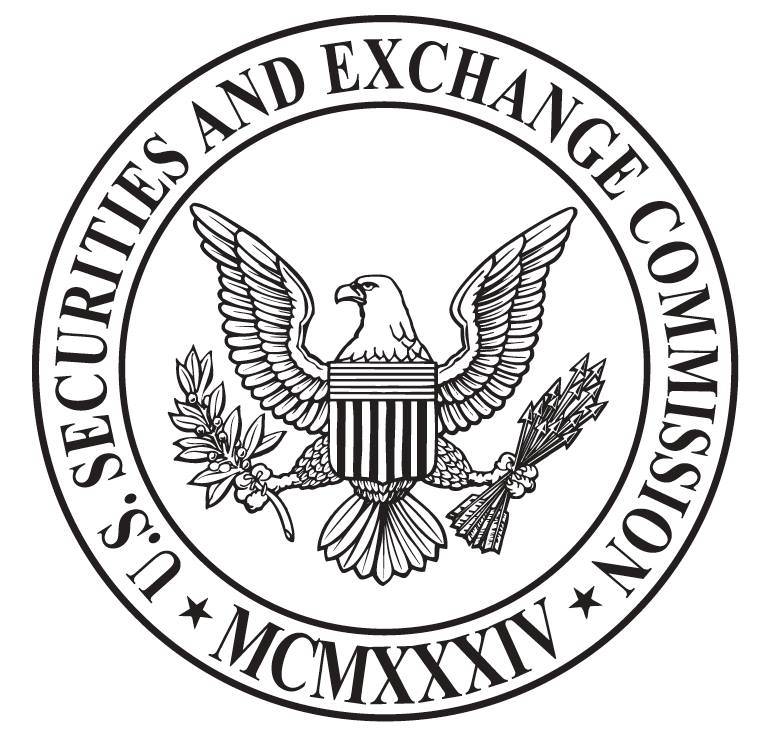
Securities and Exchange Commission
Established: June 6, 1934
Mission: To protect investors; maintain fair, orderly, and efficient markets; and facilitate capital formation.
Reason for creation: Congress created the Securities and Exchange Commission (SEC) to enforce the Securities Act of 1933 and to protect investors. Decades of economic instability and mistrust in financial institutions had come to a head in the years leading up to the stock market crash of 1929 and the Great Depression that followed. As capital markets expanded after World War I, many investors were swindled or misled by fraudulent sales or other financial schemes. Of the $50 billion in new securities offered during the 1920s, it is estimated that half of them quickly became worthless. Nevertheless, proposals for federal regulation of the exchanges were not taken seriously until after investment capital dried up in the years after the crash. In addition, public faith in the market was deeply shaken and a consensus grew that something had to be done in order to regain the public’s trust.
During its investigation into the root causes of the financial collapse, Congress determined that major banks and other financial institutions had knowingly misled investors about the value of securities, engaged in irresponsible and risky investment activities, and favored certain financial insiders over average stock traders. Based on these findings, Congress passed the Securities Act of 1933, which prohibited deceit, misrepresentations, and other fraud in the sale of securities, and required that investors receive extensive information regarding the businesses they wanted to invest in. Also in 1933, Congress passed the Glass-Steagall Act requiring the separation of investment banking from commercial banking. The following year, Congress passed the Securities Exchange Act of 1934, which established the SEC and gave it broad authority to enforce the Securities Act of 1933 as well as to regulate all aspects of the securities industry.
Impacts: Establishment of the SEC and passage of Glass-Steagall were important steps in restoring public confidence in the economy. Congress took a further step in 1935 when it required that public utilities also had to register with the SEC, which was given the power in the Public Utility Holding Company Act (PUHCA) to break up utility companies that were guilty of unfair practices and were imposing high costs and delivering poor service.
Over the years,Congress has made sure that the SEC has kept current with changes in the financial industry. Soon after the SEC’s establishment, Congress passed the Trust Indenture Act of 1939, the Investment Company Act of 1940, and the Investment Advisers Act of 1940, which combined to give the SEC regulatory authority over participants and products such as investment advisors and mutual funds that were not yet specifically regulated by earlier legislation. The Sarbanes-Oxley Act of 2002 was passed to, among other things, “protect investors by improving the accuracy and reliability of corporate disclosures.”
Some of the SEC’s most notable recent accomplishments have been actions taken in response to the 2008 financial crisis. In the years following the crisis, the SEC significantly expanded its regulatory enforcement activities, and took steps to protect investors from future catastrophes. These efforts included streamlining the SEC’s investigation process, expanding regulation to previously unrelated markets like derivatives, and instituting circuit breakers in the stock exchange to lessen the impact of a rapid market decline caused by technologies that facilitate almost instantaneous trades based on pre-defined inputs.

